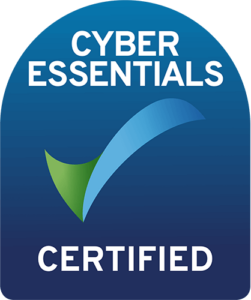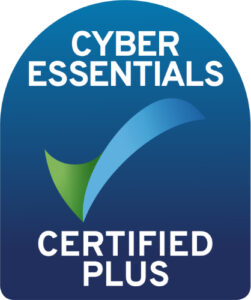Making the transition
In the early stages of a business’s life, the focus is inevitably on survival—cash flow is limited, and customers are not guaranteed. Operationally, things will be kept as basic as possible, with enthusiasm and hard graft papering over the cracks of inefficiencies.
These methods might prove to be successful in quickly moving the business beyond survival mode.
But there is a danger that, as the company transitions from a survival phase to a growth phase, the house of cards built on cumbersome processes and instinctual decision-making could tumble at any time. And, when that happens, it could derail any growth aspirations the business may have.
As such, it pays to have knowledge of these pitfalls before they happen. Here are three challenges any fast-growing business should consider whilst planning for continued growth.
1. Low-value activities can suffocate your business
All businesses exist to provide value to their customers, which then translates into value for the company. So, it stands to reason that the more time you spend on high-value activity, the greater the value creation will be.
Unfortunately, the exact opposite often happens as businesses begin to grow. They have a tendency to focus on top-line revenue growth, without considering how their internal operations will cope with the increase in demand.
As a result, as sales grow the administrative overhead of keeping the internal operations working becomes increasingly time-consuming. Before long, the weight of this low-value administration (filling in archaic spreadsheets; chasing down stock inventory figures) hinders the workforce’s ability to concentrate on high-value activities.
This misaligned focus not only constrains the business’s ability to achieve breakthrough growth—but it also erodes the value created as a small business. On top of all this, staff morale will begin to suffer as people tire of laborious tasks and increasing busyness.
As a response, businesses must continually assess their internal operations, ensuring that they are taking full advantage of digital technologies to unshackle people from needless administration, so they can focus on creating real value.
2. Errors lead to reactive management
A consequence of inefficient business operations is often an increased reliance on reactive management.
As the senior team focuses on fighting fires across the business, forward planning and strategic efficiency take a back seat. Then, as volume increases and the workforce faces growing time pressures, the cracks begin to show.
Orders are missed; service quality suffers; customers begin to complain. The management team is then focused on resolving issues, taking time away from being able to focus on growing the business. Before long, growth has stalled, and the leadership team are faced with a stagnant proposition.
This situation can be guarded against by implementing scalable internal operations that expand and grow as the business grows. This helps to reduce processes becoming overwhelmed and errors arising.
In addition, as your business moves into growth, look at what processes could be automated to reduce errors and improve productivity.

